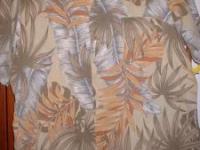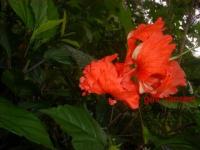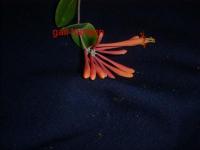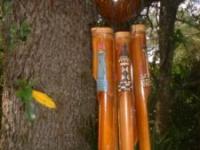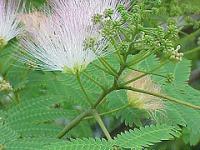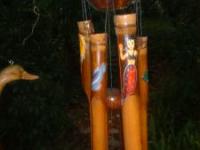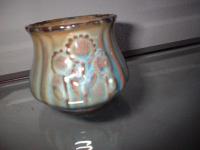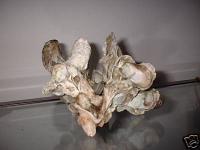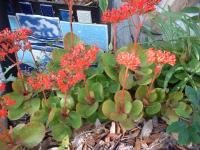Food for the butterflys + butterfly magnet plant winter over indoors and still have blooms till spring + have the first butterfly food necter and all the butterflys will come to your yard ! 1 10 in tall bushy plant rooted with leaves fast growing
Asclepias (as-klee'pee-as) - Butterfly Weed
Asclepias curassavica
Rugged, sun-loving perennial which is native to eastern North America. It is useful in borders or for naturalizing in meadows. Asclepias grows best with infertile, sandy soil and little moisture. It cannot tolerate poorly drained, clay soil. Asclepias is drought tolerant and has long taproots which make it difficult to transplant once it is established. Plants are most effective in groups of three or more, and are extremely useful for attracting butterflies to the garden. The flowers are followed by seedheads which are a valuable secondary feature. Milkweed plants (Asclepias) are the host plants for Monarch butterflies...but milkweed is also a highly sought nectar source for many other butterfly species! Aside from attracting Monarch butterflies for egg-laying, milkweed entices swallowtails, painted ladies, American ladies, red admirals, fritillaries, and hairstreaks for nectaring
Scarlet milkweed is easy to grow, thriving in dry, moist, and even wet soilsLight: Full sun to partial shade.
Moisture: Regular garden watering is adequate. Scarlet milkweed does fine without supplemental watering in the eastern US.
Hardiness: USDA Zones 8B - 11. Scarlet milkweed remains evergreen in zones 9B-11, but if it does freeze to the ground, it usually comes back in spring. In cooler climates it can be grown as an annual.+ Possible with heavy mulch a perennial
Asclepias (as-klee'pee-as) - Butterfly Weed
Asclepias curassavica
Rugged, sun-loving perennial which is native to eastern North America. It is useful in borders or for naturalizing in meadows. Asclepias grows best with infertile, sandy soil and little moisture. It cannot tolerate poorly drained, clay soil. Asclepias is drought tolerant and has long taproots which make it difficult to transplant once it is established. Plants are most effective in groups of three or more, and are extremely useful for attracting butterflies to the garden. The flowers are followed by seedheads which are a valuable secondary feature. Milkweed plants (Asclepias) are the host plants for Monarch butterflies...but milkweed is also a highly sought nectar source for many other butterfly species! Aside from attracting Monarch butterflies for egg-laying, milkweed entices swallowtails, painted ladies, American ladies, red admirals, fritillaries, and hairstreaks for nectaring
Scarlet milkweed is easy to grow, thriving in dry, moist, and even wet soilsLight: Full sun to partial shade.
Moisture: Regular garden watering is adequate. Scarlet milkweed does fine without supplemental watering in the eastern US.
Hardiness: USDA Zones 8B - 11. Scarlet milkweed remains evergreen in zones 9B-11, but if it does freeze to the ground, it usually comes back in spring. In cooler climates it can be grown as an annual.+ Possible with heavy mulch a perennial
Payment Methods


Shipping
$7.65
Please Login or Register first before asking a question.










